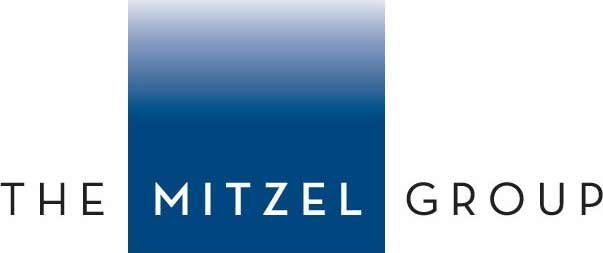A Court of Appeal decision on January 14, 2016 (Alvarado v. Dart Container Corp.) addressed the issue of whether a California employer should follow the federal formula or the Division of Labor Standards Enforcement Manual (DLSE) proposal for calculating “flat sum” bonus overtime. The Court held that employers can use the federal formula because there are no California statutes on the issue and the DLSE Manual carried no legal authority. The Court reasoned that employers should be able to rely on directly applicable federal authority on an issue where California law was silent.
The federal method for calculating overtime pay is found in Code of Federal Regulations (29 C.F.R. § 778.110) and states as follows:
- Straight Overtime Pay: Multiply the number of weekly overtime hours by the straight hourly rate.
- Overtime Premium Pay: Multiply the total hours worked by the straight hourly rate and then add the bonus to that figure. Divide this amount by the total number of hours worked to determine the regular rate. To determine the overtime premium owed, multiply the regular rate by the number of weekly overtime hours.
Alvarado’s Impact on Employers:
Alvarado clarified that employers can rely on and deploy the federal formula for calculating flat sum bonus overtime. However, the Court’s holding does not mean that DLSE guidance contained in its Manual are not binding on employers. If there is a DLSE interpretation that is supported by California law, and is more favorable to the employees than the corresponding federal law, employers must likely adhere to the DLSE directive.
If you have any questions about your obligations as an employer, please contact us at info@mitzelgroup.com or reach out to your Mitzel Group, LLP attorney directly.

